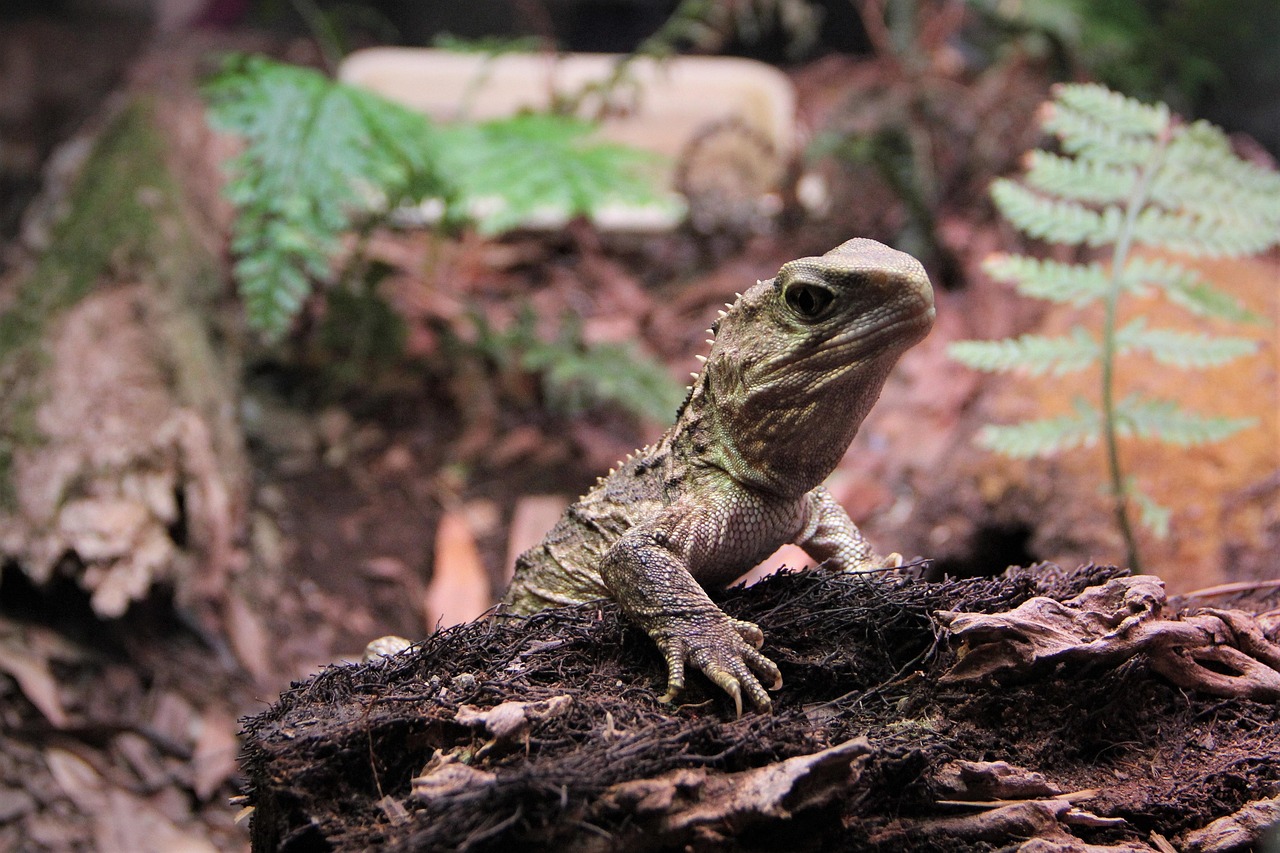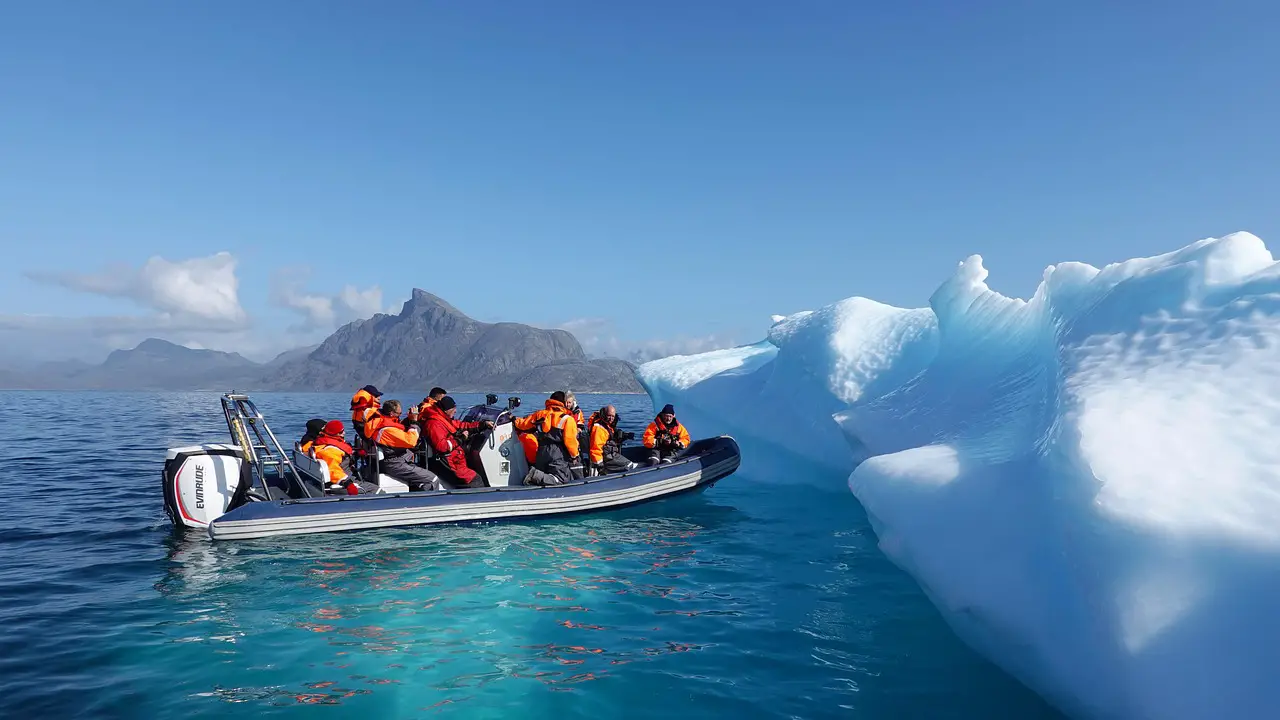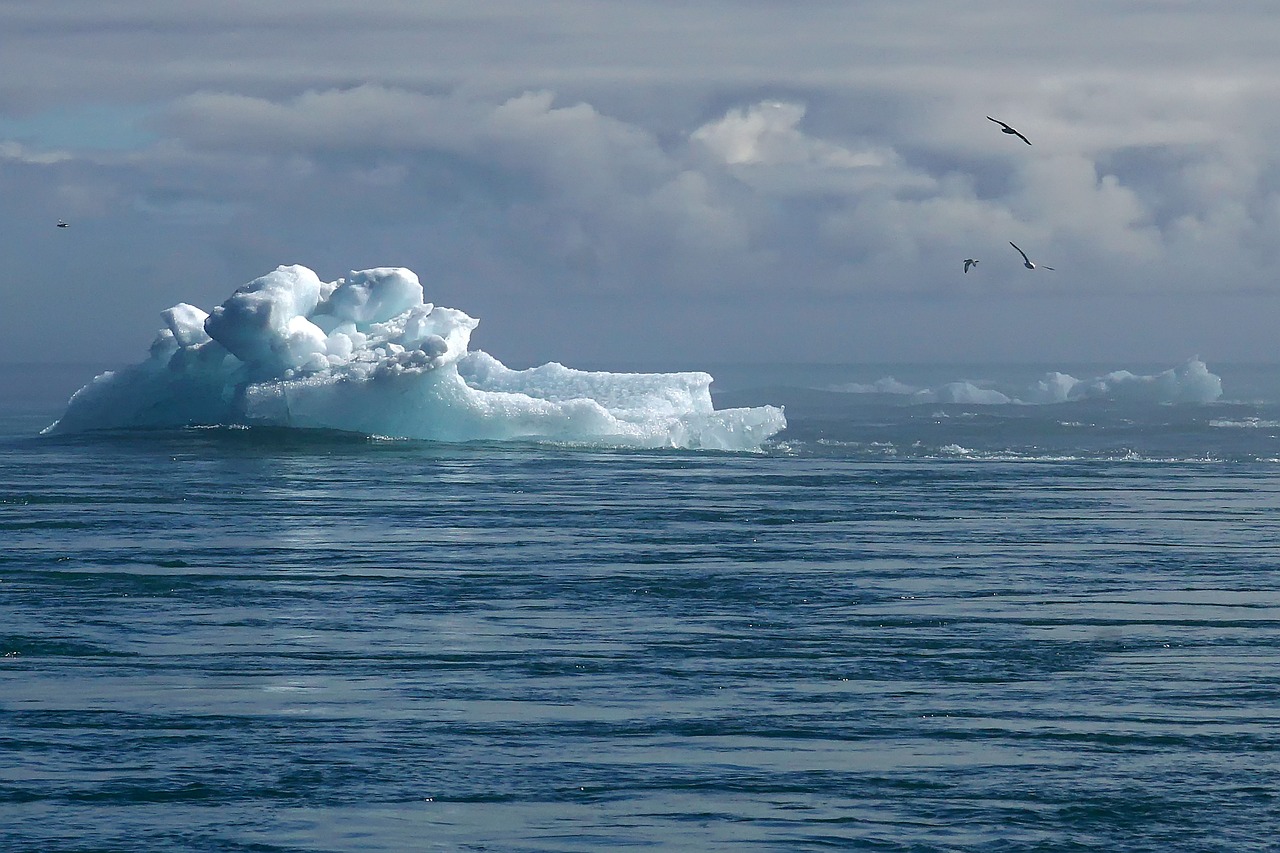Tuataras inhabit a specialized biome characterized by temperate climates, primarily found in New Zealand. Their habitat features a mix of coastal forests and grasslands, with vegetation that includes ferns, shrubs, and native trees that provide essential cover and food sources.
Understanding Tuataras and Their Habitat

Tuataras are unique reptiles that resemble lizards but belong to a distinct order called Rhynchocephalia. These ancient creatures have existed for over 200 million years, making them one of the most primitive living reptiles on Earth. They are endemic to New Zealand, which means they are not found naturally anywhere else in the world. This isolation has allowed tuataras to evolve in a specific way, adapting to their environment in remarkable ways.
The climate of New Zealand, particularly the regions where tuataras are found, plays a crucial role in the survival of these reptiles. The temperature tends to be moderate, with average annual temperatures ranging from 10°C to 20°C. This climate is ideal for tuataras, as it supports the growth of various plant species that are vital for their diet and habitat needs.
Climate Characteristics
New Zealand’s climate is influenced by its geographical location and maritime surroundings. The tuatara’s habitat experiences mild winters and warm summers, allowing for a diverse range of vegetation. Rainfall is relatively abundant throughout the year, contributing to the lush environments where these reptiles thrive.
The tuatara is particularly sensitive to temperature changes. They are ectothermic, which means they rely on external sources to regulate their body temperature. Optimal temperatures for tuataras range from 16°C to 22°C. Extreme heat or cold can significantly affect their metabolic processes and overall health.
Key Climate Factors Affecting Tuataras
- Temperature: Mild temperatures allow for active hunting and foraging.
- Humidity: Higher humidity levels help maintain hydration.
- Rainfall: Regular rainfall supports vegetation growth.
- Seasonal Variability: Changes in seasons influence breeding patterns and behavior.
Vegetation in Tuatara Habitats
The vegetation in tuatara habitats is diverse and plays a significant role in their ecosystem. The forests where they reside primarily consist of native plants that have adapted to the local climate. These plants provide essential shelter and food sources for tuataras.
Common vegetation types include:
- Ferns: A critical component of the understory, providing cover and moisture retention.
- Shrubs: Offer shelter from predators and harsh weather conditions.
- Native Trees: Such as Kahikatea and Totara, serve as nesting sites and contribute to the overall biodiversity.
The presence of these plant species is vital, as they create a microhabitat that supports insects and other small animals, which are part of the tuatara’s diet. The interdependence between tuataras and their vegetation illustrates the importance of maintaining healthy ecosystems for their survival.
Vegetation Table
| Plant Type | Role in Habitat |
|---|---|
| Ferns | Provide cover and moisture retention. |
| Shrubs | Offer shelter from predators. |
| Native Trees | Serve as nesting sites and support biodiversity. |
The health of the vegetation within tuatara habitats is intricately linked to the overall ecosystem’s balance. Conservation efforts focus on preserving these environments to ensure that tuataras continue to thrive in their natural settings.
Threats to Tuatara Habitats
Despite their resilience, tuataras face several threats that jeopardize their habitats and survival. Understanding these threats is crucial for effective conservation efforts. The primary threats include habitat destruction, introduced species, climate change, and human activities.
Habitat Destruction
One of the most significant threats to tuatara populations is habitat destruction. This can occur due to:
- Urban Development: As cities expand, natural habitats are cleared for buildings and infrastructure.
- Agricultural Expansion: Farming practices often involve clearing land, which directly impacts tuatara habitats.
- Deforestation: Logging and land conversion reduce the availability of native plants that are essential for tuataras.
Each of these factors contributes to a decline in suitable environments for tuataras, making it difficult for them to find food, shelter, and nesting sites.
Introduced Species
Another critical challenge comes from invasive species. Various non-native animals have been introduced to New Zealand, which can disrupt the local ecosystem. These species include:
- Rats: They prey on tuatara eggs and juveniles, significantly impacting population numbers.
- Feral Cats: Cats are effective hunters and pose a direct threat to adult tuataras.
- Possums: They compete for food resources and can damage the vegetation that supports tuatara habitats.
The presence of these introduced species can create an imbalance in the ecosystem, making it harder for tuataras to survive and reproduce.
Conservation Efforts
To combat these threats, various conservation initiatives have been launched. These efforts aim to protect tuatara populations and their natural habitats. Key strategies include:
- Habitat Restoration: Projects focused on restoring native vegetation help create a more suitable environment for tuataras.
- Pest Control Programs: Efforts to manage invasive species are crucial in protecting tuatara nests and ensuring their safety.
- Captive Breeding: Breeding programs in controlled environments aim to bolster wild populations and ensure genetic diversity.
These conservation strategies play a vital role in ensuring the future of tuataras in their native ecosystems. Collaboration between government agencies, non-profit organizations, and local communities is essential for the success of these initiatives.
Public Awareness and Education
Raising public awareness about the significance of tuataras and their habitats is another critical component of conservation efforts. Education initiatives focus on:
- Community Engagement: Involving local communities in conservation projects fosters a sense of ownership and responsibility.
- School Programs: Educational programs aimed at students help instill an appreciation for biodiversity and the importance of protecting native species.
- Visitor Centers: Establishing centers near tuatara habitats allows visitors to learn about these reptiles and the challenges they face.
By informing the public, conservationists hope to inspire action that contributes to the preservation of tuataras and their environments.
The Role of Research in Conservation
Scientific research is paramount in understanding the ecological needs of tuataras. Ongoing studies focus on various aspects, including:
- Behavioral Studies: Understanding how tuataras interact with their environment can inform habitat management practices.
- Genetic Research: Investigating genetic diversity helps maintain healthy populations through breeding programs.
- Ecosystem Monitoring: Regular assessments of habitat health provide data necessary for effective conservation strategies.
This research not only guides conservation efforts but also contributes to a broader understanding of ecological balance within New Zealand’s unique environments.
Ecological Significance of Tuataras

Tuatara play a crucial role in their ecosystems, contributing to the biodiversity and health of their habitats. Understanding their ecological significance helps highlight the importance of conservation efforts aimed at preserving these unique reptiles.
Predator and Prey Dynamics
As carnivorous reptiles, tuataras are both predators and prey within their ecosystems. They primarily feed on:
- Insects: Tuataras consume a variety of insects, which helps regulate insect populations.
- Small Vertebrates: They may also prey on small birds and lizards, maintaining balance in local populations.
- Eggs: In some cases, tuataras can eat the eggs of other reptiles, further influencing species dynamics.
By controlling the populations of the species they prey upon, tuataras help maintain the ecological balance. Their presence indicates a healthy environment, as they require a stable habitat with sufficient food sources.
Niche Construction
Tuatara also contribute to their ecosystem through niche construction. Their burrowing behaviors create microhabitats that benefit other species. These burrows can:
- Provide Shelter: Other animals may use abandoned tuatara burrows for protection from predators and harsh weather conditions.
- Enhance Soil Quality: The organic matter from tuatara waste enriches the soil, promoting plant growth.
- Facilitate Seed Dispersal: By moving through various vegetation types, tuataras inadvertently assist in seed dispersal, aiding plant reproduction.
This niche construction highlights how tuataras influence their surrounding environment beyond their immediate needs. Their interactions with other species contribute to overall ecosystem functioning and resilience.
Cultural Importance of Tuataras

Tuatara hold significant cultural value in New Zealand, particularly among Maori communities. These reptiles are considered taonga, or treasures, and are deeply woven into the cultural heritage of the indigenous people.
Symbolism and Mythology
The tuatara features prominently in Maori mythology and storytelling. It is often viewed as a symbol of endurance and survival due to its ancient lineage. The following aspects highlight their cultural significance:
- Spiritual Connection: Tuataras are seen as guardians of the land, embodying the spirit of ancestors.
- Traditional Knowledge: Maori have historically recognized the tuatara’s role in the ecosystem and its importance in maintaining balance.
- Artistic Representation: The tuatara has inspired various forms of art and craftsmanship, showcasing its importance in Maori culture.
This cultural connection fosters a sense of pride and responsibility toward conserving tuatara populations and their habitats. Efforts to protect these reptiles also reflect a commitment to preserving Maori heritage.
The Future of Tuataras
The future of tuataras depends on ongoing conservation efforts, habitat restoration, and public engagement. Ensuring that these ancient reptiles continue to thrive requires a multi-faceted approach, incorporating scientific research, community involvement, and policy support.
Innovative Conservation Strategies
Innovative approaches are being developed to enhance tuatara conservation. These include:
- Genetic Monitoring: Using DNA analysis to track genetic diversity among populations helps inform breeding programs.
- Habitat Connectivity Projects: Creating corridors between fragmented habitats allows for genetic exchange and increases population resilience.
- Community-Led Conservation: Engaging local communities in conservation initiatives fosters stewardship and encourages sustainable practices.
These strategies aim to address current challenges while promoting the long-term survival of tuataras in their natural environments. Continued collaboration among scientists, conservationists, policymakers, and local communities is essential to ensure a stable future for this unique reptile species.
The Role of Technology in Monitoring
Advancements in technology are aiding conservation efforts for tuataras. Tools such as remote sensing, camera traps, and acoustic monitoring provide valuable data on population dynamics and habitat use. These technologies allow researchers to:
- Monitor Populations: Track movements and behaviors of tuataras in their natural habitats.
- Assess Habitat Quality: Evaluate changes in vegetation cover and environmental conditions over time.
- Identify Threats: Detect the presence of invasive species or environmental changes that may impact tuatara survival.
The integration of technology into conservation practices enhances the ability to make informed decisions based on real-time data, ultimately benefiting tuatara populations and their ecosystems.
Future Research Directions
As conservation efforts for tuataras continue to evolve, future research will play a critical role in ensuring their survival. Several key areas of study will need to be prioritized:
- Climate Change Impact: Understanding how rising temperatures and changing precipitation patterns affect tuatara behavior, reproduction, and habitat suitability is essential for long-term conservation planning.
- Reproductive Biology: Further research into the reproductive cycles of tuataras, including nesting behaviors and egg viability under varying environmental conditions, can provide insights into population recovery strategies.
- Interaction with Ecosystems: Studying the interactions between tuataras and other species within their ecosystems can improve understanding of their ecological roles and inform habitat management practices.
By focusing on these research areas, scientists can develop more effective strategies to enhance the resilience of tuatara populations in the face of changing environmental conditions.
International Collaboration

Conservation efforts for tuataras are not limited to New Zealand; international collaboration can amplify the impact of local initiatives. Engaging with global conservation networks allows for:
- Sharing Best Practices: Learning from successful conservation programs around the world can provide valuable insights and innovative approaches.
- Funding Opportunities: Collaborative projects can attract funding from international organizations dedicated to biodiversity preservation.
- Raising Awareness: Highlighting the plight of tuataras on a global platform can encourage increased public support and advocacy for their conservation.
Such collaborations can enhance the effectiveness of local efforts and contribute to a global understanding of the importance of preserving unique species like the tuatara.
Community Engagement and Participation
Local communities play an integral role in the success of conservation initiatives. Engaging communities in conservation efforts fosters a sense of ownership and responsibility towards protecting tuatara habitats. Strategies for community engagement include:
- Volunteer Programs: Encouraging community members to participate in habitat restoration and monitoring activities can generate local interest and investment in conservation.
- Education Workshops: Hosting workshops and educational events can raise awareness about the ecological significance of tuataras and the threats they face.
- Cultural Events: Celebrating the cultural heritage associated with tuataras through local festivals or art exhibitions reinforces the connection between communities and their natural environment.
This active involvement not only enhances conservation outcomes but also strengthens community bonds and cultural identity.
Final Thoughts
The tuatara is a remarkable species that serves as a living link to the distant past. As one of the few remaining representatives of an ancient lineage, tuataras embody unique evolutionary adaptations that highlight the importance of biodiversity. The complex interplay between their biome, climate, and vegetation creates a delicate ecosystem that requires concerted efforts for preservation.
While challenges such as habitat destruction, invasive species, and climate change threaten their survival, ongoing conservation initiatives offer hope. Through scientific research, technology integration, community engagement, and international cooperation, there is potential for tuatara populations to thrive again.
Ultimately, protecting tuataras is not only about saving a species but also about preserving the biodiversity that enriches our planet. With continued dedication and collaborative efforts, we can ensure that future generations will have the opportunity to witness these extraordinary reptiles in their natural habitats.
The journey of conservation is ongoing, and every action counts. By raising awareness and fostering appreciation for tuataras, we can all contribute to their legacy and safeguard the unique ecosystems they inhabit.
